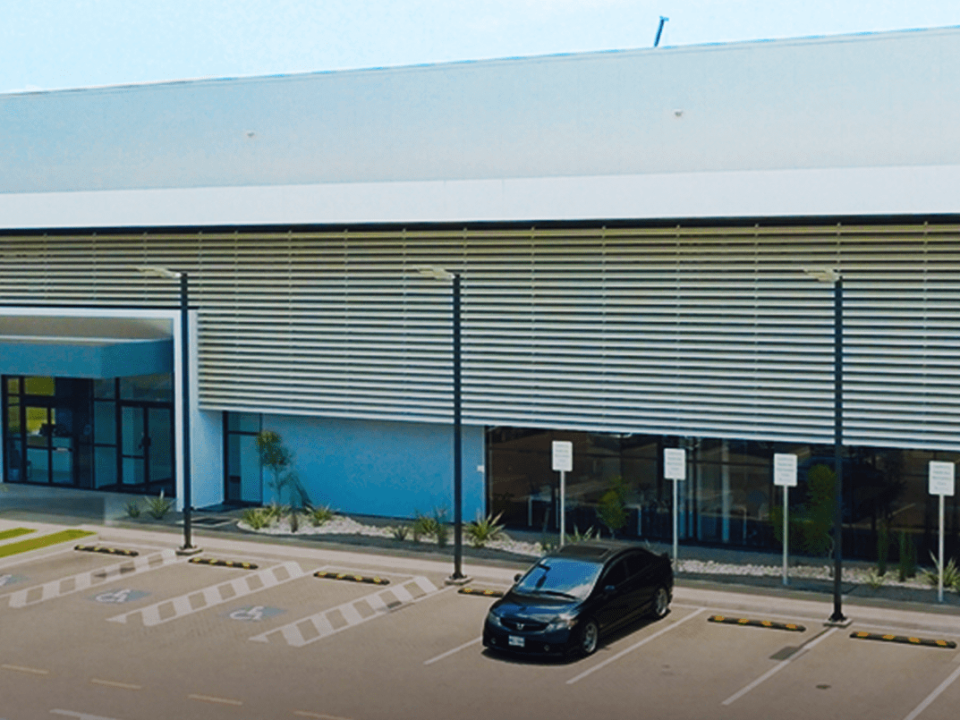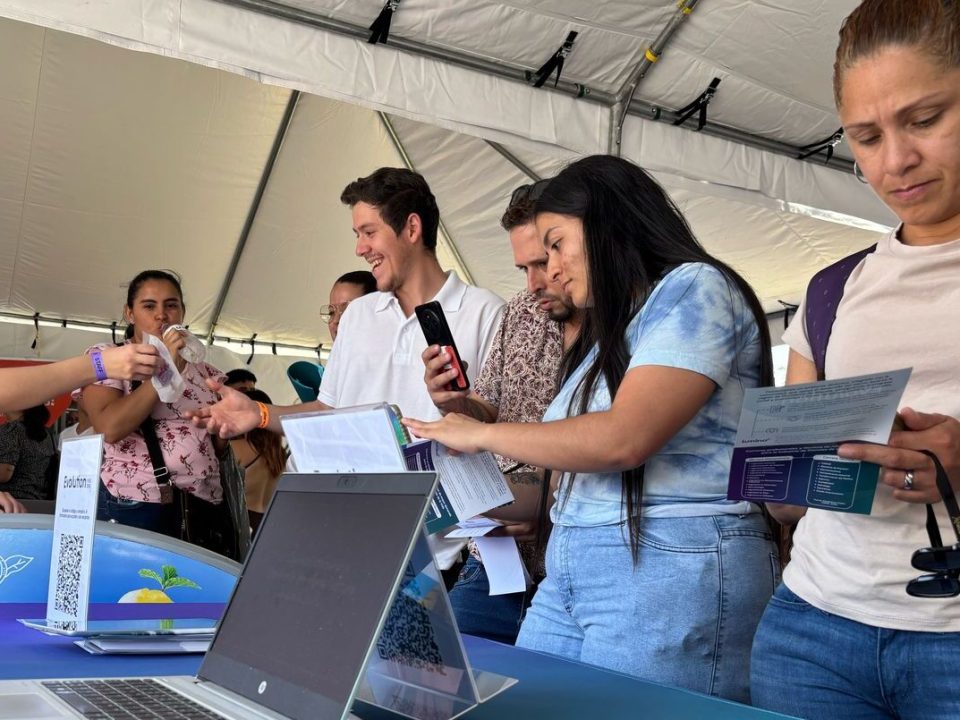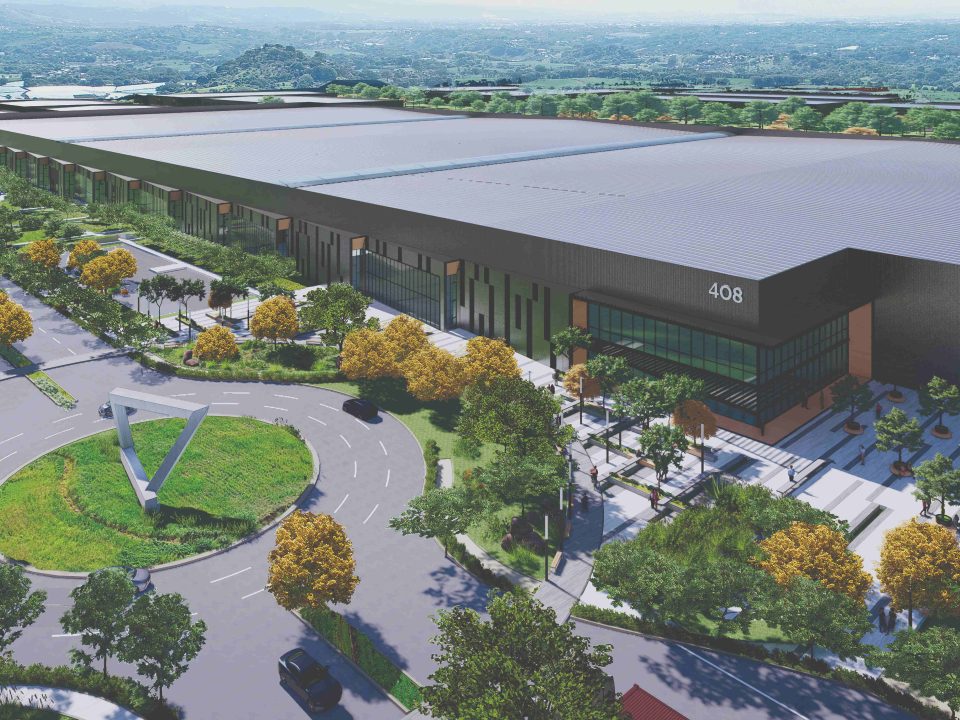

News

The best conditions to adapt to complex buyer requirements
11 de January de 2024
Climate Change and Its Impact on Foreign Direct Investment
16 de January de 2024A 2023 wrap-up on the main trends for free zones
Costa Rica is expected to close 2023 as the third-largest economy with the highest growth in Latin America
December 2023. As the year ends, we gain more clarity to analyze the main trends that are shaping the landscape of as the year ends, we gain more clarity to analyze the main trends that are shaping the landscape of Free Trade Zones in Costa Rica and the world.
According to the Economic Commission for Latin America and the Caribbean (ECLAC), Costa Rica is expected to close 2023 as the third-largest economy with the highest growth in Latin America. This growth is attributed to the dynamism in both external and internal demand, which would increase the Gross Domestic Product (GDP) to 3.8%.
At the beginning of the year, several experts highlighted three trends that at the beginning of the year, several experts highlighted three trends that Free Trade Zones and investors could anticipate dominating the industry. How did these trends unfold over the past 12 months?
Thanks to the overpopulation of the main urban areas in countries, governments are seeking ways to attract investors to cities outside the higher population flows. This would enable thousands of people from these areas to reduce their commute times and repopulate regions usually referred to as “commuter townscommuter towns”, where there is little economic activity.
The government of Costa Rica launched earlier in the year a renewed strategy to attract companies to regions outside the “Greater Metropolitan Area” (GAM), where the population centers of San Jose, Heredia, Cartago, and Alajuela are located and where investment has traditionally been centered at.
The aim of the project is for at least 70 companies to establish operations outside the GAM within the next four years, bringing new opportunities for development across the countryCosta Rica.
According to data from the Costa Rican Coalition of Development Initiatives (CINDE), 28 multinational companies confirmed their arrival in the country by the third quarter of 2023, with nine of them locating in Orotina, Turrialba, Puntarenas, Puerto Viejo de Sarapiquí, Bagaces, and Nicoya.
Additionally, Evolution Free Zone, situated in Grecia, confirmed three additional companies that will establish operations at the park:Intricon, Inari Medical, and Johnson & Johnson.
The Foreign Trade Promotion Agency (PROCOMER) reported that by the end of 2012, there were 33 companies located outside the GAM. As of December 2023, this number has risen to 124. These companies enjoy exclusive benefits, such as special tax incentives for Smart Manufacturing and Medical Device companies.
Additionally, they benefit from a 100% exemption on custom duties on imports/exports; 100% exemption on withholding tax on royalties, fees (statutory tax up to 25%); 100% exemption on interest income (the statutory tax is 8%); 100% exemption on sales tax on local purchases of goods/services (the statutory tax is 13%), and 100% exemption on stamp duty (the statutory tax is 1%).
While the government still has a long way to go regarding placing companies outside the GAM, the 2023 trend has been fulfilled as it was set out at the beginning of the year. High Tech Business Parks as Evolution Free Zone are being presented as an option for companies seeking to join this exclusive group.
As we have discussed before, “nearshoring” is the practice in which investors choose to position their companies’ offshore operations close to their home country, placing a high importance on factors such as proximity, benefits, government relations, security, and economic stability in the region.
According to “Top Latin American Countries for Nearshore Software Development” by HatchWorks, this is the list of the most popular countries in Latin America for nearshoring:
-Costa Rica
-Brazil
-Colombia
-Argentina
-Uruguay
-Peru
-Mexico
-Chile
What makes Costa Rica so attractive?
Costa Rica has a privileged geographical location in Central America due to its proximity to North American companies, as well as the remote operations of European companies. In addition, there are favorable conditions for investment, historical political stability, and technical and professional human talent.
According to information provided by PROCOMER, the favorable trend in the export of goods and services is also evident in the levels of Foreign Direct Investment (FDI) attraction, reaching $1.9 billion in the first half of this year. This phenomenon is mainly attributed to a 76% reinvestment of profits.
Costa Rica has also benefited from “friendshoring”, a variation from the nearshoring trend that emphasizes alliances with countries with matching ideologies and relationships have been established.
One of these main allies has bees the United States, which stablished during 2023 several policies encouraging investment and technological development in our country. One of those initiatives is the Chips Act , announced in October, the project consists of the creation of 31 “technology centers” that will be able to request grants of up to $75 million.
These were created as part of the Chips and Science Law, approved last year and which allocates $52 billion in subsidies to support semiconductor production in the country.
Finally, there is cooperation between our country and South Korea, which will celebrate 61 years of relations in 2024. During the year 2021, the Comprehensive Action-Oriented Association was established with the purpose of increasing trust and fostering cooperation between the two countries.
This association covers many areas, such as climate change, health, science and technology, education, capacity building, digitalization, decentralization, culture, trade, investment, peace, and security, among others.
This trust placed in Costa Rica as a destination for near and friendshoring only reaffirms the country’s good reputation worldwide, and the confidence that governments feel in investing here.
In Costa Rica, the atmosphere of FDI behaved exceptionally well because, according to the “FDI in Latin America and the Caribbean 2023” annual report prepared by the Economic Commission for Latin America and the Caribbean (ECLAC), companies already present in the country are choosing to reinvest. This report is an analysis of FDI attraction, which has demonstrated that 71% of the components analyzed correspond to reinvestment of profits.
On a regional level, Costa Rica continues to outperform other Central American countries, reaching nearly $3.7 billion in FDI in 2022, mostly coming from the United States. ECLAC has emphasized the significance of the Medical Devices sector in connection with this growth, which represents most of the exports (41%) of the country.
In what did companies invest during 2023?
Mid-year, the United Nations Conference on Trade and Development (UNCTAD) presented its World Investment Report, which details the landscape of FDI globally, and the main challenges and opportunities that different countries face in promoting this model.
The report detailed that companies would focus their investment on projects related to the Sustainable Development Goals (SDGs); clean and accessible energy for all; infrastructure; the increase in Global Value Chains (GVCs) and facilitating measures for attracting FDI. A wider summary of this can be read in this the article “The landscape of Foreign Direct Investment in the world and its impact on Costa Rica”.
What is the main activity of the companies that are investing in Costa Rica?
Of the 28 confirmed companies in 2023, seven are engaged in corporate services, ten in digital technologies, three in life sciences, four in manufacturing, and four in tourist infrastructure, according to the data from CINDE.
What do we expect for 2024?
While experts are still understanding how the market closed and trying to predict the trajectory that will prevail in 2024, there is a unanimous agreement that trends related to technology, process improvement, efficient use of artificial intelligence, talent attraction, and sustainable governance will be part of the pillars.
At Evolution Free Zone, we are preparing for a dynamic and transformative 2024, expecting to continue the construction of the park and the establishment and confirmation of new companies.




